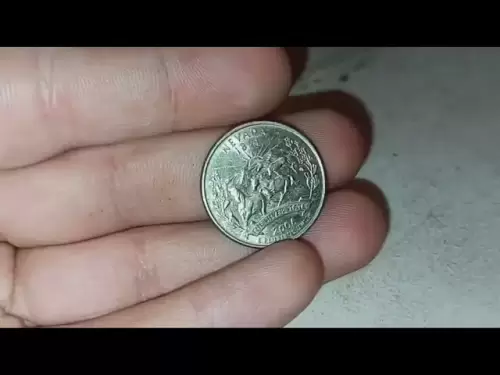-
 Bitcoin
Bitcoin $109,857.5543
1.98% -
 Ethereum
Ethereum $2,771.3664
9.03% -
 Tether USDt
Tether USDt $1.0000
-0.05% -
 XRP
XRP $2.3113
2.21% -
 BNB
BNB $666.8830
1.63% -
 Solana
Solana $161.6193
4.16% -
 USDC
USDC $0.9996
-0.03% -
 Dogecoin
Dogecoin $0.1970
6.50% -
 TRON
TRON $0.2924
3.36% -
 Cardano
Cardano $0.7108
5.66% -
 Hyperliquid
Hyperliquid $40.9192
11.79% -
 Sui
Sui $3.5309
6.45% -
 Chainlink
Chainlink $15.2652
9.56% -
 Avalanche
Avalanche $22.4247
7.44% -
 Stellar
Stellar $0.2792
4.51% -
 Bitcoin Cash
Bitcoin Cash $434.5729
3.92% -
 Toncoin
Toncoin $3.3845
5.07% -
 UNUS SED LEO
UNUS SED LEO $8.8596
-2.92% -
 Shiba Inu
Shiba Inu $0.0...01331
5.08% -
 Hedera
Hedera $0.1830
6.96% -
 Litecoin
Litecoin $92.3873
3.55% -
 Polkadot
Polkadot $4.2870
6.69% -
 Monero
Monero $336.2988
1.54% -
 Ethena USDe
Ethena USDe $1.0007
0.01% -
 Bitget Token
Bitget Token $4.8283
2.86% -
 Pepe
Pepe $0.0...01341
12.36% -
 Dai
Dai $0.9997
-0.02% -
 Uniswap
Uniswap $8.2066
25.81% -
 Aave
Aave $316.0352
21.18% -
 Pi
Pi $0.6454
2.04%
How to interpret the divergence between VWAP and trading volume? Will the subsequent trend reverse?
Traders should monitor VWAP and volume divergence in cryptocurrencies to anticipate trend reversals, using additional indicators for confirmation before executing trades.
Jun 10, 2025 at 11:00 am
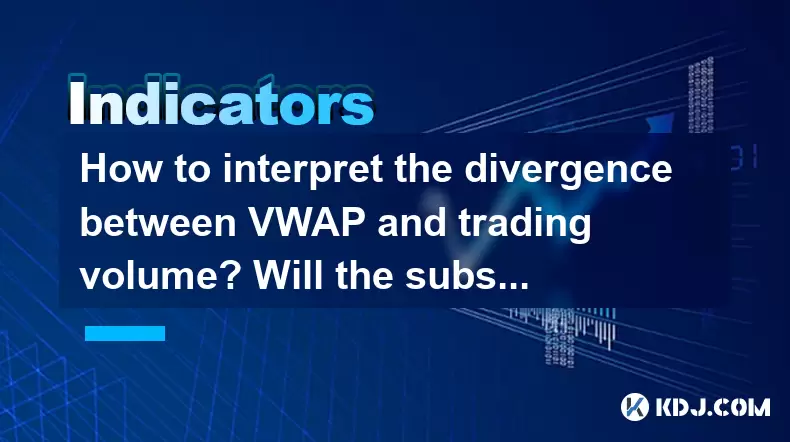
Understanding the divergence between the Volume Weighted Average Price (VWAP) and trading volume is crucial for traders looking to make informed decisions in the cryptocurrency market. VWAP is an important technical indicator that provides the average price of a cryptocurrency weighted by volume, helping traders to gauge the overall market sentiment. On the other hand, trading volume represents the total number of shares or contracts traded within a specified time frame, which can indicate the strength or weakness of a price move. When these two indicators diverge, it can signal potential changes in market dynamics.
What is VWAP and How is it Calculated?
VWAP is calculated by taking the total dollar value of all trading periods divided by the total trading volume for the same timeframe. The formula for VWAP is:
[ \text{VWAP} = \frac{\sum(P_i \times V_i)}{\sum V_i} ]
Where:
- ( P_i ) is the price of the trade
- ( V_i ) is the volume of the trade
This indicator is typically used over a single trading day but can be adjusted for different time frames. VWAP helps traders identify the average price at which the asset was traded, providing a benchmark against which the current price can be compared.
Understanding Trading Volume
Trading volume is the total number of shares or contracts traded for a given security or market during a specified period. In the context of cryptocurrencies, it represents the total number of coins traded within a specific timeframe. High trading volume often indicates strong interest in the asset and can be a sign of a robust market trend, while low volume may suggest a lack of interest or a weak trend.
Divergence Between VWAP and Trading Volume
When the VWAP and trading volume diverge, it means that the average price at which the asset is being traded does not align with the total volume of trades. This divergence can be a critical signal for traders. For instance, if the VWAP is rising while the trading volume is declining, it may indicate that fewer traders are willing to buy at higher prices, suggesting a potential reversal. Conversely, if the VWAP is falling but the trading volume is increasing, it might suggest that more traders are selling at lower prices, potentially signaling a bearish trend.
Analyzing the Impact on Subsequent Trends
The divergence between VWAP and trading volume can provide insights into potential trend reversals. If the VWAP is significantly above the current price and the trading volume is decreasing, it might indicate that the bullish trend is losing steam, and a reversal could be imminent. Similarly, if the VWAP is below the current price and the trading volume is increasing, it could suggest that the bearish trend is strengthening, and a continued downward move is likely.
To interpret these signals accurately, traders should consider other technical indicators and market conditions. For example, if the divergence coincides with overbought or oversold conditions indicated by the Relative Strength Index (RSI) or other momentum indicators, the likelihood of a trend reversal increases.
Practical Application in Cryptocurrency Trading
In the context of cryptocurrency trading, understanding the divergence between VWAP and trading volume can be particularly useful. Here's how you can apply this knowledge:
- Monitor VWAP and Volume: Use trading platforms that provide real-time data on VWAP and trading volume. Many cryptocurrency exchanges offer these indicators on their charting tools.
- Identify Divergence: Look for instances where the VWAP and trading volume are moving in opposite directions. This can be done by comparing the trends over a specified period.
- Confirm with Other Indicators: Use additional technical indicators like the Moving Average Convergence Divergence (MACD), RSI, or Bollinger Bands to confirm the potential trend reversal signaled by the divergence.
- Execute Trades: Based on the confirmed signals, decide whether to enter or exit trades. For example, if the VWAP is rising but the volume is falling, consider taking profits or entering a short position if other indicators support a bearish reversal.
Case Study: Bitcoin (BTC) and VWAP Divergence
Let's consider a hypothetical case study involving Bitcoin (BTC). Suppose the VWAP for BTC over the last 24 hours is steadily increasing, but the trading volume is declining. This scenario could suggest that the bullish trend is weakening. Here's how a trader might analyze and act on this information:
- Analysis: The trader notices that the VWAP is above the current market price, indicating that BTC has been trading at higher prices on average. However, the declining volume suggests fewer traders are willing to buy at these higher prices.
- Confirmation: The trader checks the RSI and finds it in overbought territory, supporting the potential for a bearish reversal.
- Action: Based on this analysis, the trader decides to sell their BTC holdings or enter a short position, anticipating a price decline.
Using VWAP and Volume Divergence in Different Time Frames
The divergence between VWAP and trading volume can be analyzed across various time frames, from intraday to weekly or monthly charts. Each time frame can provide different insights:
- Intraday: Useful for day traders looking to capitalize on short-term price movements. Divergence on a 15-minute or 1-hour chart can signal potential entry or exit points within the trading day.
- Daily: Suitable for swing traders who hold positions for several days to weeks. Divergence on a daily chart can indicate longer-term trend changes.
- Weekly/Monthly: Helpful for position traders or investors looking at longer-term trends. Divergence on these time frames can signal significant market shifts.
FAQs
Q1: Can VWAP be used effectively on all cryptocurrencies, or is it better suited for more liquid assets?
A1: VWAP is most effective for more liquid cryptocurrencies where there is sufficient trading volume to provide accurate data. For less liquid assets, the VWAP may not be as reliable due to the potential for large price swings with smaller volumes.
Q2: How can traders use VWAP divergence to set stop-loss orders?
A2: Traders can use VWAP divergence to set stop-loss orders by placing them just below the VWAP line if they are in a long position, or above the VWAP line if they are in a short position. This strategy helps to protect against potential trend reversals indicated by the divergence.
Q3: Is it necessary to use additional indicators alongside VWAP and volume to confirm divergence signals?
A3: Yes, using additional indicators such as RSI, MACD, or Bollinger Bands can help confirm the signals provided by the divergence between VWAP and trading volume. These indicators can provide a more comprehensive view of market conditions and increase the reliability of trading decisions.
Q4: How can traders differentiate between a temporary divergence and a significant trend reversal?
A4: To differentiate between a temporary divergence and a significant trend reversal, traders should look at the duration and magnitude of the divergence. A longer-lasting and more pronounced divergence, especially when confirmed by other technical indicators, is more likely to signal a significant trend reversal. Additionally, monitoring market news and events can help determine whether the divergence is due to temporary factors or more fundamental shifts in market sentiment.
Disclaimer:info@kdj.com
The information provided is not trading advice. kdj.com does not assume any responsibility for any investments made based on the information provided in this article. Cryptocurrencies are highly volatile and it is highly recommended that you invest with caution after thorough research!
If you believe that the content used on this website infringes your copyright, please contact us immediately (info@kdj.com) and we will delete it promptly.
- Bitcoin Pepe (BPEP), CartelFi (CARTFI), PepeX (PEPX): The Best Cryptos to Buy Now Before the Fire Starts
- 2025-06-10 21:05:13
- Bitcoin (BTC) market has regained momentum, and experienced investors have begun searching for the best crypto to buy now
- 2025-06-10 21:05:13
- Historic Bitcoin Peel: Two Rare Casascius Bars Cashed In as BTC Dipped Below $80K
- 2025-06-10 21:00:12
- SUI (SUI) Price Analysis: Token's Technicals and Fundamentals Align, Setting the Stage for Continued Upward Momentum
- 2025-06-10 21:00:12
- MAG Group Expands into the Tokenization Market with a $3 Billion Deal with MultiBank Group
- 2025-06-10 20:55:13
- 21Shares Files for a Spot Sui ETF in the US, Following Canary Capital's Filing
- 2025-06-10 20:55:13
Related knowledge
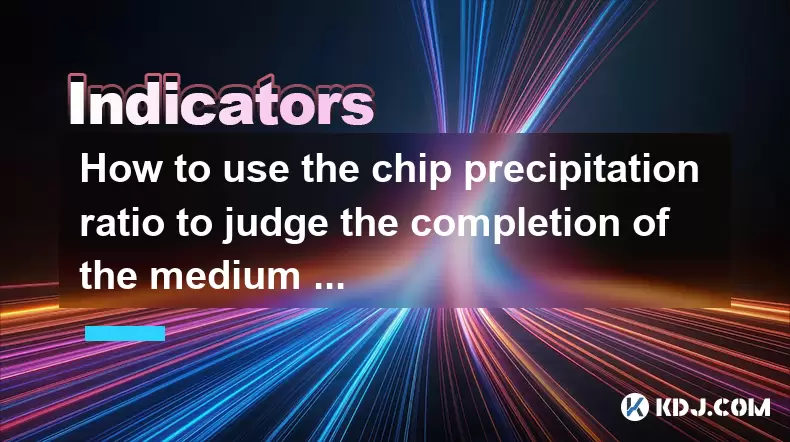
How to use the chip precipitation ratio to judge the completion of the medium and long-term bottom construction?
Jun 04,2025 at 03:36am
The chip precipitation ratio is a crucial metric used by investors to assess the accumulation of chips (or shares) at different price levels over time. This ratio helps in understanding the distribution of chips and can be a powerful tool for determining the completion of medium and long-term bottom construction in the cryptocurrency market. By analyzin...
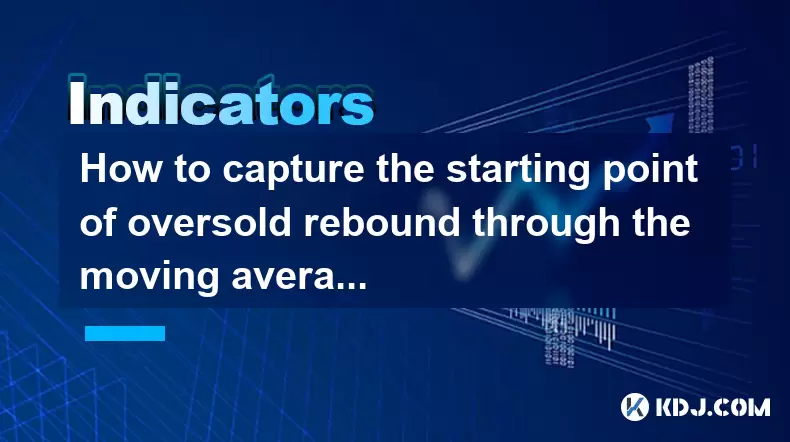
How to capture the starting point of oversold rebound through the moving average gravity reversal strategy?
Jun 04,2025 at 01:01pm
The moving average gravity reversal strategy is a sophisticated approach used by traders to identify potential entry points for buying cryptocurrencies when they are considered oversold. This strategy leverages the concept of moving averages to pinpoint moments when a cryptocurrency might be poised for a rebound. In this article, we will delve into the ...
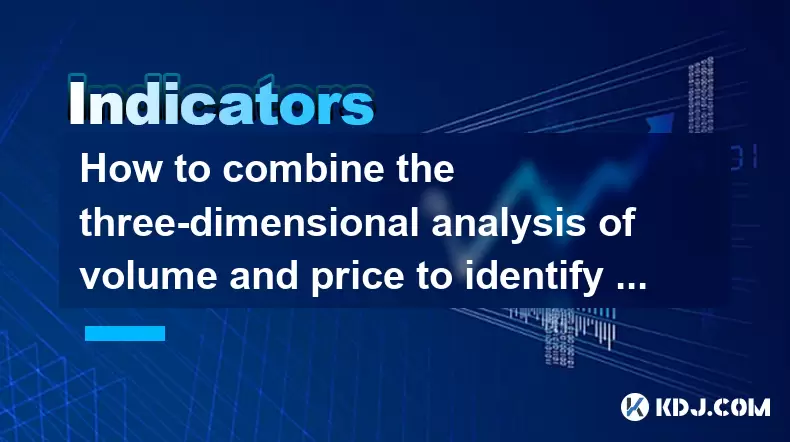
How to combine the three-dimensional analysis of volume and price to identify the golden buying point of breakthrough and retracement?
Jun 03,2025 at 11:42pm
In the dynamic world of cryptocurrencies, identifying the optimal buying points is crucial for maximizing profits and minimizing risks. One effective method to achieve this is by combining three-dimensional analysis of volume and price to pinpoint the golden buying points during breakouts and retracements. This article will delve into how to use this ap...
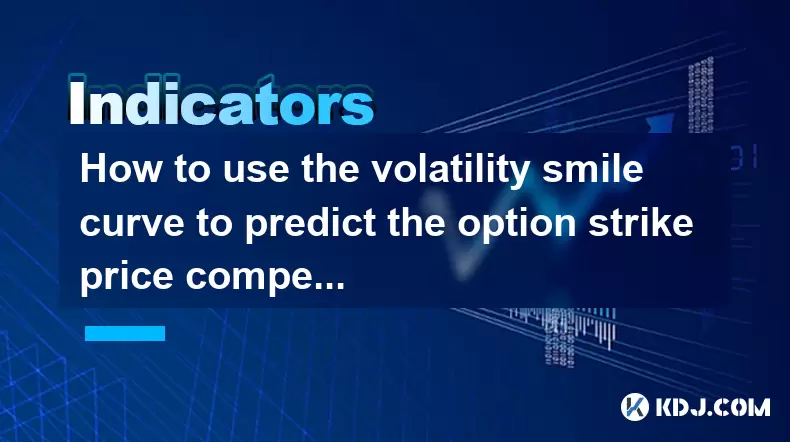
How to use the volatility smile curve to predict the option strike price competition area?
Jun 06,2025 at 01:01pm
The volatility smile curve is a graphical representation that shows the implied volatility of options across different strike prices for a given expiration date. It is called a 'smile' because the curve often takes the shape of a smile, with higher implied volatilities for options that are deep in-the-money or deep out-of-the-money, and lower implied vo...
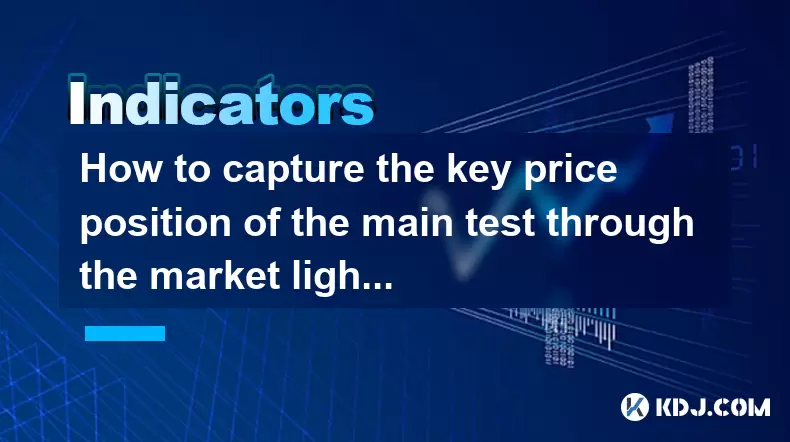
How to capture the key price position of the main test through the market lightning chart?
Jun 02,2025 at 06:07pm
Introduction to Market Lightning ChartThe market lightning chart is a powerful tool used by cryptocurrency traders to visualize price movements and identify key price positions. This chart type provides a detailed view of market activity, allowing traders to spot trends, reversals, and other significant price levels quickly. By understanding how to use ...
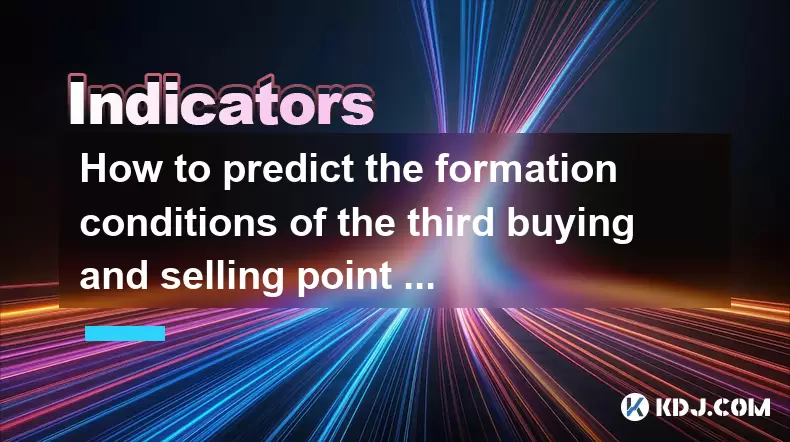
How to predict the formation conditions of the third buying and selling point in combination with the extension of the central axis of the Chaos Theory?
Jun 08,2025 at 12:42am
The concept of predicting the formation conditions of the third buying and selling point in the cryptocurrency market by combining the extension of the central axis of the Chaos Theory is an advanced analytical technique. This method involves understanding the chaotic nature of price movements and using it to identify key moments for trading. In this ar...

How to use the chip precipitation ratio to judge the completion of the medium and long-term bottom construction?
Jun 04,2025 at 03:36am
The chip precipitation ratio is a crucial metric used by investors to assess the accumulation of chips (or shares) at different price levels over time. This ratio helps in understanding the distribution of chips and can be a powerful tool for determining the completion of medium and long-term bottom construction in the cryptocurrency market. By analyzin...

How to capture the starting point of oversold rebound through the moving average gravity reversal strategy?
Jun 04,2025 at 01:01pm
The moving average gravity reversal strategy is a sophisticated approach used by traders to identify potential entry points for buying cryptocurrencies when they are considered oversold. This strategy leverages the concept of moving averages to pinpoint moments when a cryptocurrency might be poised for a rebound. In this article, we will delve into the ...

How to combine the three-dimensional analysis of volume and price to identify the golden buying point of breakthrough and retracement?
Jun 03,2025 at 11:42pm
In the dynamic world of cryptocurrencies, identifying the optimal buying points is crucial for maximizing profits and minimizing risks. One effective method to achieve this is by combining three-dimensional analysis of volume and price to pinpoint the golden buying points during breakouts and retracements. This article will delve into how to use this ap...

How to use the volatility smile curve to predict the option strike price competition area?
Jun 06,2025 at 01:01pm
The volatility smile curve is a graphical representation that shows the implied volatility of options across different strike prices for a given expiration date. It is called a 'smile' because the curve often takes the shape of a smile, with higher implied volatilities for options that are deep in-the-money or deep out-of-the-money, and lower implied vo...

How to capture the key price position of the main test through the market lightning chart?
Jun 02,2025 at 06:07pm
Introduction to Market Lightning ChartThe market lightning chart is a powerful tool used by cryptocurrency traders to visualize price movements and identify key price positions. This chart type provides a detailed view of market activity, allowing traders to spot trends, reversals, and other significant price levels quickly. By understanding how to use ...

How to predict the formation conditions of the third buying and selling point in combination with the extension of the central axis of the Chaos Theory?
Jun 08,2025 at 12:42am
The concept of predicting the formation conditions of the third buying and selling point in the cryptocurrency market by combining the extension of the central axis of the Chaos Theory is an advanced analytical technique. This method involves understanding the chaotic nature of price movements and using it to identify key moments for trading. In this ar...
See all articles





















